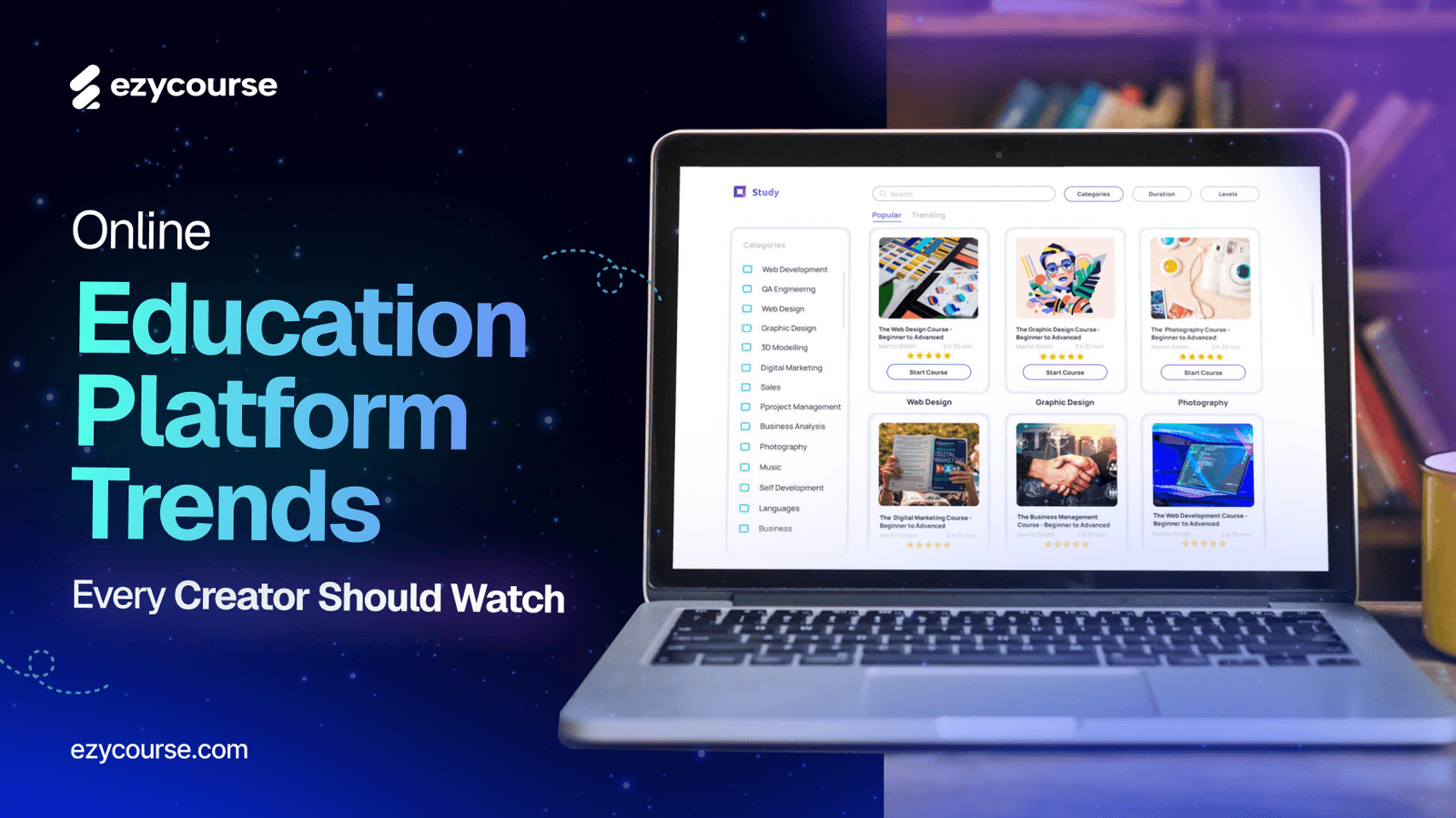Teaching styles play a crucial role in leaving an impact on your students to learn online or in person. Based on subject, setting, and student, you will find diverse styles of teaching.
As a teacher, coach, or tutor, it’s better to try out different styles to make your lessons look relatable to students. You’ll also need to adapt the approach of teaching based on your learner's needs.
For that, most teachers focus on lectures, learners, materials, methods, environments, and other aspects. Due to these, it gets confusing to understand each teaching style.
So, in this guide, we’ll show you the 10 best teaching styles that are most effective for both remote and in-person learning. Let’s find out!
What Are Teaching Styles
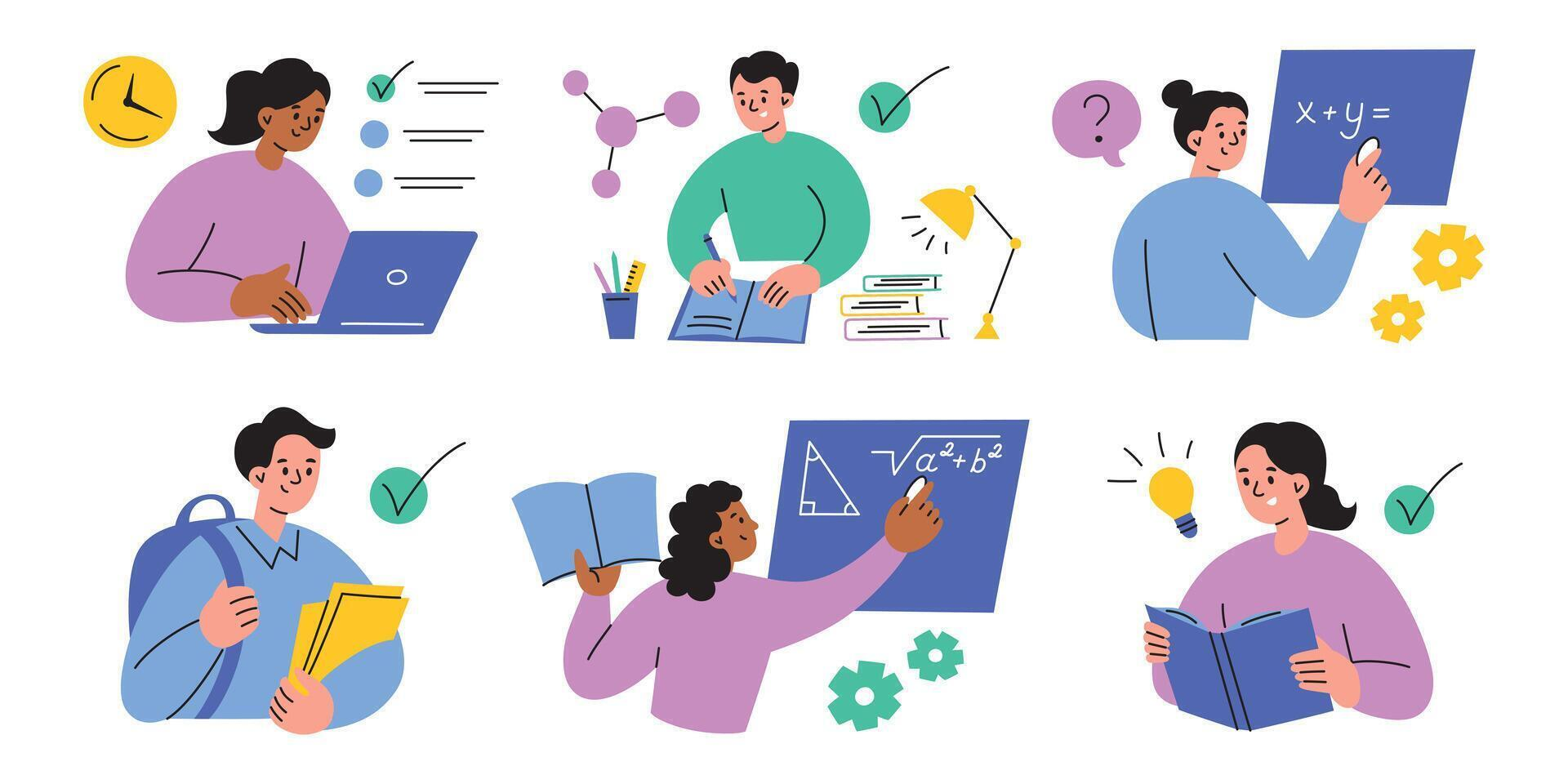
Teaching styles refer to the way a teacher prefers to teach in the classroom. It also shows a teacher uses techniques to solve problems, does tasks, and makes decisions while teaching.
As a matter of fact, different teachers have several teaching styles. Plus, it includes how a teacher behaves and interacts with students during lessons.
This is also the teacher’s own method of explaining, managing the class, and helping students learn. Plus, a teacher’s style usually shows their beliefs about education and how they think students learn best. And, the teaching styles depend on:
Teacher’s Needs: What the teacher feels is important or necessary to teach well.
Professional Goals: What the teacher wants to achieve in their career or with their students.
Personal Beliefs: What the teacher personally believes about good teaching and learning.
Also Read Here: How to Build a White-Lebel Online School with Your Own App
What Are the Unique Features of Teaching Styles
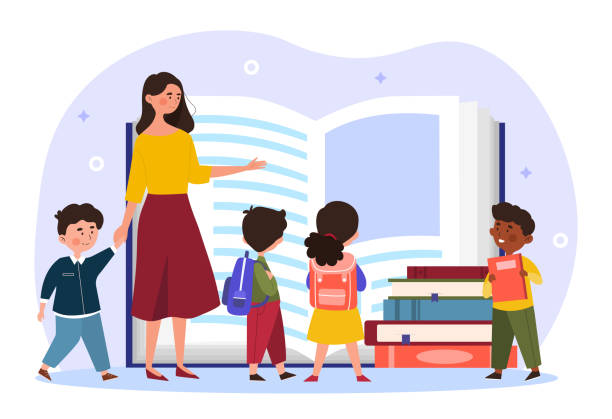
Every teacher has their own way of handling the classroom and helping students learn. Here are the main features of teaching styles:
Shows how a teacher deals with challenges or questions during teaching.
Includes how the teacher talks, moves and interacts with students during lessons.
Uses personal attitude, personality, background, and experience.
Refers to how a teacher explains ideas, such as through speaking, writing, using visuals, or asking questions.
Covers how the teacher organizes the class, gives instructions, and keeps things in order.
Relates the methods they use, like group activities, lectures, discussions, or hands-on tasks.
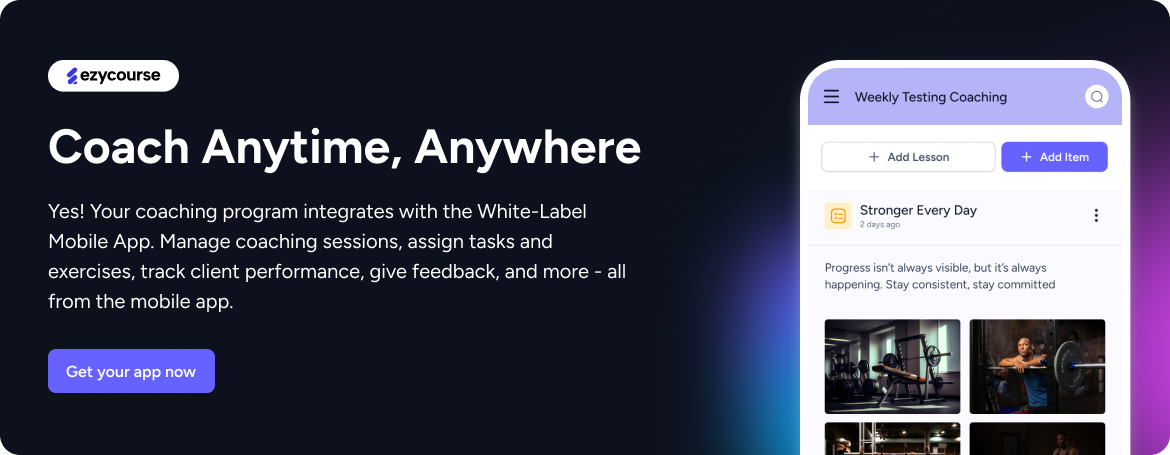
Differences between Teaching Style & Learning Style
Teaching style and learning style are two related but different ideas in education. Both are vital for learning, but they focus on different sides like one from the teacher’s side and the other from the student’s. Let’s find out their differences:
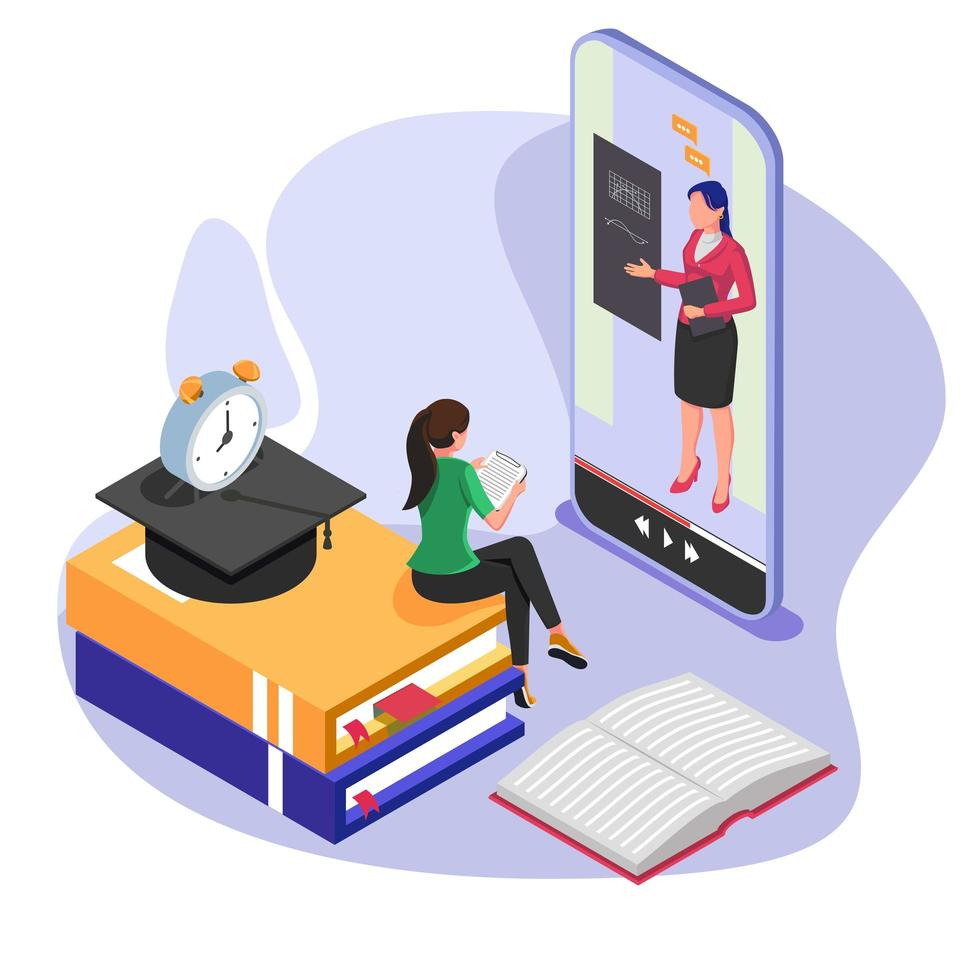
Main Focus
Learning style is about how a student likes to learn. This also includes how they take in information, understand it, and remember it. Plus, teaching style is about how a teacher gives lessons, manages the classroom, and communicates with students.
Behavioral Factor
Learning style shows how a student thinks and reacts when learning. And, it is more about what happens inside the mind. Plus, teaching style shows what a teacher does in the classroom. In that case, it focuses on how they plan lessons, explain topics, and handle student behavior.
Education Strategy
Learning style is part of a learner’s cognitive process. It is based on how the brain works and how a person understands things best. However, teaching style is based on instructional plans. Based on the teacher’s way, it includes the tools and methods to help students learn.
Effect on Each Other
Learning style can change the way a teacher teaches if the teacher wants to match different student’s needs. In contrast, teaching style can help or make it harder for students to learn. It also depends on whether it fits the student’s way of learning.
Also Read Here: Online Classes Vs Traditional Classes
What Are the Types of Teaching Styles for Remote and In-Person Learning to Use
Based on the topics, tools, and techniques, you’ll find diverse styles of teaching in both remote and in-person learning fields. However, there are 10 teaching styles that you can apply to match your settings and student’s types. These are:
1. Sternberg Teaching Style
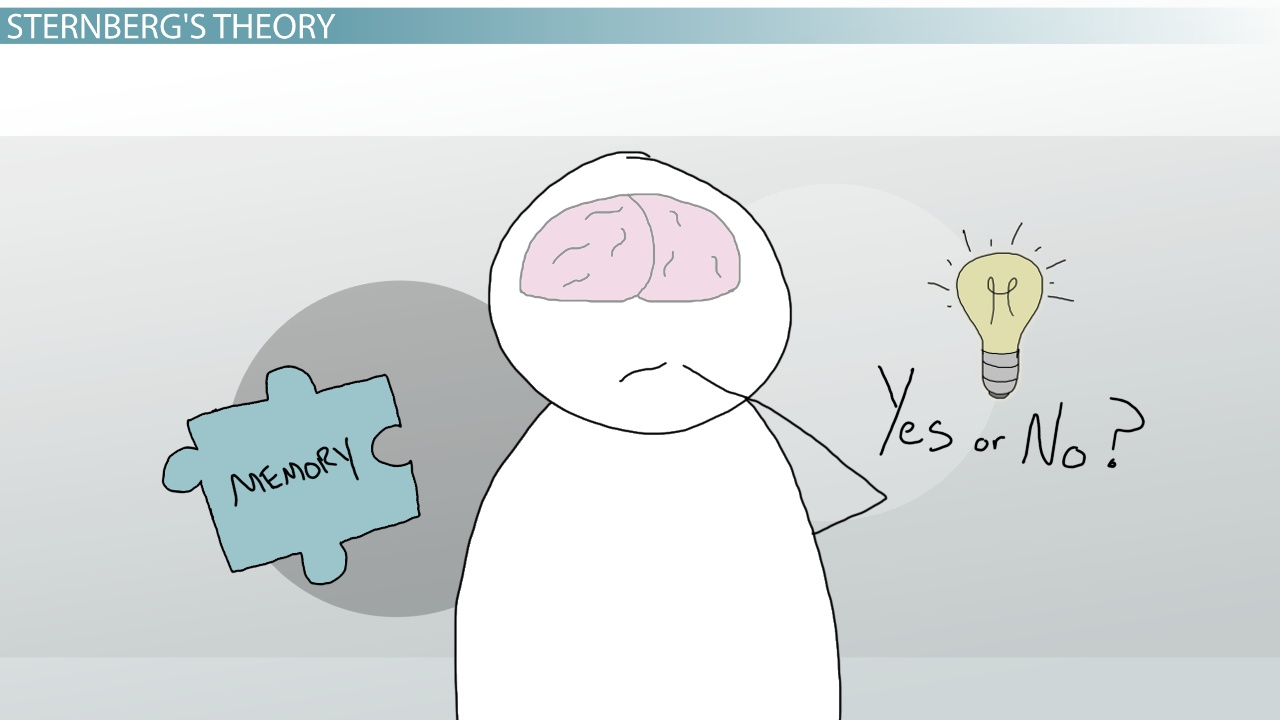
It comes from a big idea called the Theory of Mental Self-Government. This idea also says that just like governments have different ways of working, like making rules or solving problems, people also have different ways of thinking and learning.
Based on this idea, a psychologist named Robert Sternberg created a model with seven teaching styles in 1997. These styles are also based on how teachers prefer to think and teach.
To measure these styles, it looks at three main things:
What kind of thinking someone prefer, like creative, analytical, and so on.
Whether they prefer to see the big picture or details.
If they’re more traditional or open to new ideas.
Let’s take a closer look at each of the seven styles:
Legislative Style
Teachers with a legislative style prefer to design their own lessons and activities. They also enjoy being creative and finding new ways to teach. Plus, they help students think independently and come up with original ideas.
Executive Style
Teachers with an executive style like to follow clear instructions, use textbooks, and stick to planned lessons. Their approach also gives students structure and a consistent way to learn.
Judicial Style
Teachers with a judicial style focus on analyzing and evaluating ideas. They also encourage students to think deeply, ask questions, and understand different points of view.
Local Style
Teachers with a local style pay attention to facts and small details. They also teach step by step to help students build a solid understanding of the basics.
Global Style
Teachers with a global style apply broad ideas and overall concepts. They also help students connect topics and see the bigger picture instead of just focusing on small facts.
Liberal Style
Teachers with a liberal style enjoy trying new methods and exploring different ways of teaching. They also support creativity and encourage students to be flexible and open-minded.
Conservative Style
These teachers prefer using old teaching methods that have worked in the past. They also give students a sense of stability while allowing some personal ideas based on known practices.
Example: In a class, the teacher lets students find tricks to make an online course, follow a specific niche, and compare different methods. Then, it focuses on precise steps, explores courses, and tries out new topics. Lastly, it uses old tricks that have always worked to judge.

2. Grasha Teaching Style
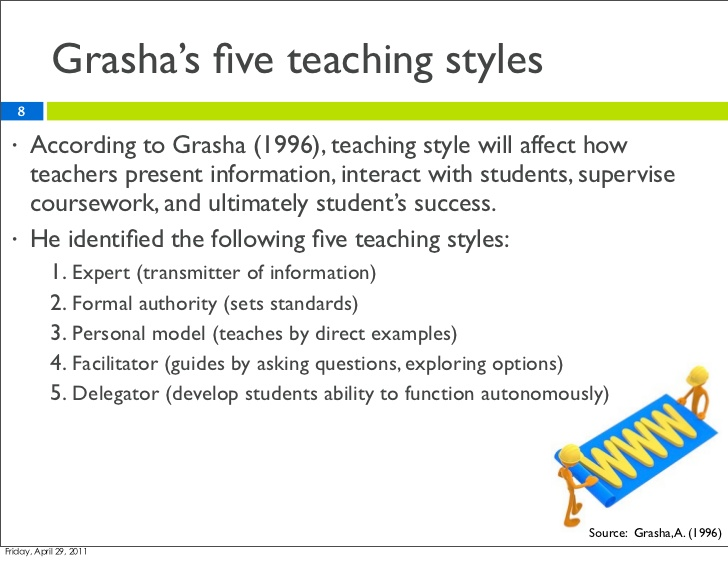
In 1996, this teaching style came with 5 types, with a professor named Anthony Grasha. It also shows how teachers can interact with students. Plus, this style helps us understand how different teaching methods affect the way students learn.
Grasha also grouped these styles into four clusters. Each cluster mixes a few styles together based on how much control the teacher has in the learning process. Let’s get into the details:
Expert Style
This style is used by teachers who have strong knowledge of the subject. They also explain lessons in great detail and expect students to be well-prepared. Besides, these teachers aim to help students become skilled and informed.
Formal Authority Style
This style focuses on giving the right details and keeping everything organized. Plus, they set rules, give clear instructions, and provide feedback by telling students about their performance. These teachers also expect students to respect rules and follow a structured way of learning.
Personal Model Style
This style of teacher leads by showing. They also demonstrate how to solve problems or behave for students to understand by watching. Besides, it’s a learn-by-watching method where the teacher explains in a video or motion format and the student listens to learn.
Facilitator Style
This style lets teachers work closely with students. Instead of giving all the answers, they ask questions and encourage students to think on their own. They also help students explore ideas, do projects, and solve problems in creative ways.
Delegator Style
This style allows students to take charge while giving them tasks to do by themselves or in groups. Plus, the teacher is there to help only when needed. This method also allows students to take responsibility for their own learning.
Example: In a class, the teacher explains techniques to teach English like a pro, sets clear rules, and safety procedures. Then, it demonstrates how to prepare for that and encourages students to try it. Lastly, the teacher let them work in teams while offering help when needed.
3. Robinson Teaching Style

This teaching style shows a way to describe different teaching styles, focusing on the subject and students. In other words, it indicates teachers can teach in different ways depending on whether they focus on content or the people.
Each one works in a different way with its own benefits. In general, this kind of teaching style has three types:
Lecturing or Charismatic Style
This is the most traditional style in which the teachers talk and the students listen. In this style, the teachers are the main source of information. However, the students are expected to remember what is taught.
This style is also called charismatic because the teacher’s energy and personality help keep the class interested. Plus, they explain things by giving speeches, showing examples, or writing on the board.
The goal is also to teach a lot of information in a clear way. Besides, it’s often used in subjects like history or science where facts and structure are important.
Teacher-Centered Style
This style is a mix of focusing on the subject and the students. The teacher is still in charge, but students get to join in more. The class can also offer group work, Q&As, or small discussions.
With that, the teachers plan the lessons and lead the class, but also check how well the students are doing. Plus, they can use visual tools, ask guided questions, or conduct short activities. This also helps students stay active and interested.
Moreover, it’s a balanced style that gives students support and helps them think for themselves. This style also works well for both learning and participation.
Child-Centered Style
In this style, the focus is on the students. The teachers also act more like a guide or helper. Plus, the students get to explore, ask questions, and select some of the things they want to learn.
The classroom is also more open and flexible. Furthermore, Students often work in groups, do hands-on projects, and share their ideas.
On top of that, it helps build confidence and creativity, so they’re more likely to remember what they learn better. This style is also great for helping students grow and enjoy learning. But it can sometimes be harder to manage and might not work for every subject or student.
Example: In a class, the teacher first gives a lecture on the method to monetize on Instagram. Then, it guides students through a structured way. After that, the teacher allows them to implement that with minimal supervision.

4. Jarvis Teaching Style
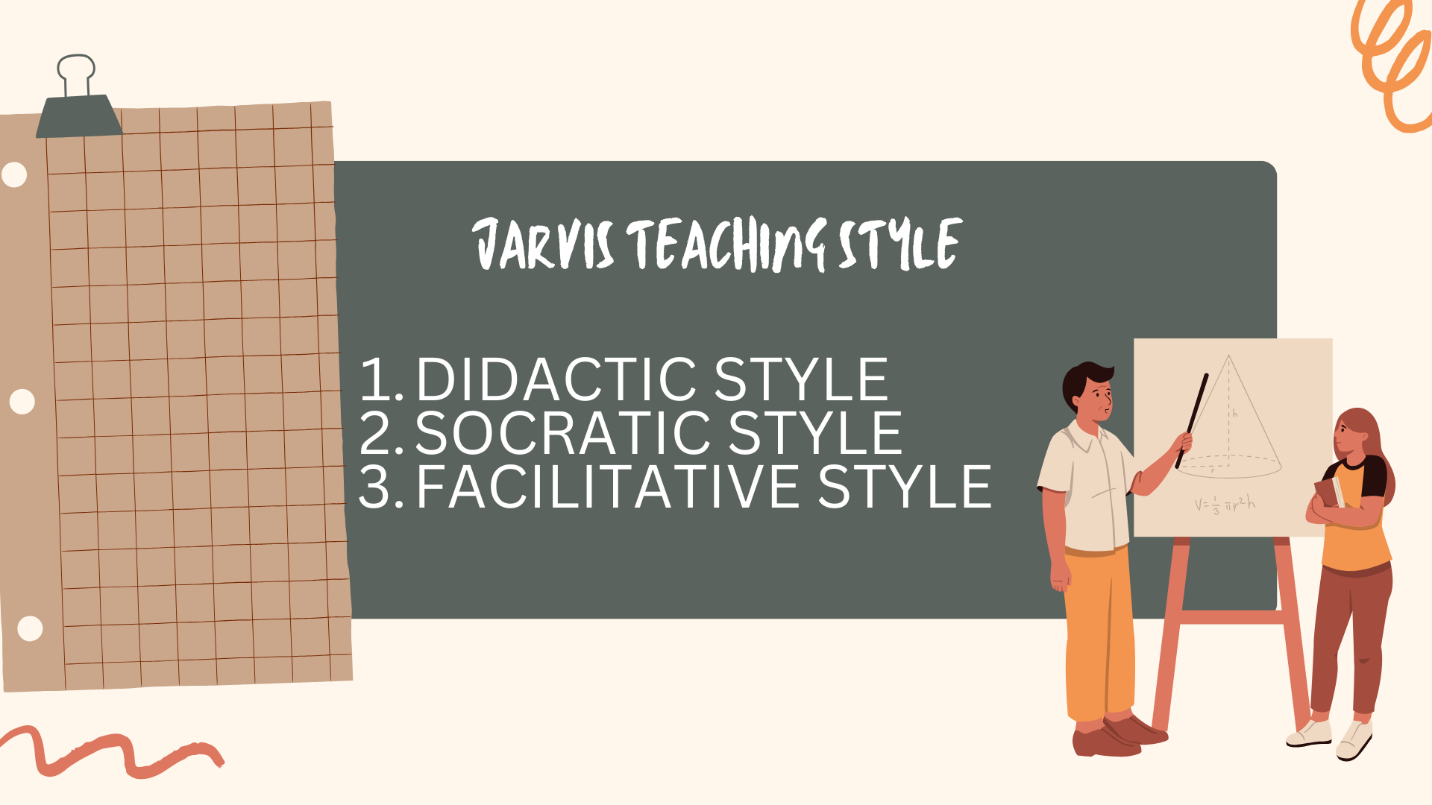
This style was introduced by Peter Jarvis in 1985. In that style, you’ll find three different ways that teachers can teach students. Plus, this style works in a different way and helps students learn in any situation. Let’s look at each one to understand properly:
Didactic Style
This style is the most common and traditional teaching method. In this style, the teachers talk or give a lecture while students listen and take notes.
They also explain everything clearly, like facts, rules, or steps. Besides, the students focus on writing down the crucial parts or just listening carefully.
What it includes:
The teacher speaks most of the time.
Students don’t ask many questions.
The focus is on understanding and remembering the topic.
This style is also useful when students need to learn a lot of information in a clear and organized way. For example, learning science definitions, historical events, or math formulas falls into this style.
Socratic Style
This style is named after Socrates that we all know, a famous Greek philosopher who believed that asking questions helps people think better.
Instead of just telling students the answers, the teachers ask questions. That way, students can also share their thoughts and try to explain their ideas. Plus, the teachers keep asking more questions to help them think deeper. It includes:
A lot of questions and answers.
Group discussions.
Thinking, analyzing, and sharing opinions.
This style also helps students learn how to think critically, speak clearly, and understand different points of view. Plus, it’s great for subjects where there is more than one right answer, like literature or ethics.
Facilitative Style
This style is more modern and student-centered. Here, the teachers don’t control the lesson fully. Instead, they prepare the tools or resources, and the students take charge of their own learning.
The teachers also make a good learning environment by giving materials, setting a task, or suggesting a topic. Then, the students work on their own or in groups to explore and learn. What it includes:
Students make choices about what and how to learn.
The teacher acts like a helper or guide.
Focus is on real-life skills and creativity.
This style also builds independence, confidence, and problem-solving skills, so students learn how to find answers themselves for real-world tasks.
Example: In a class, the teacher first explains the steps to make a webinar, then asks students why certain steps are used, and finally lets them create their own version while offering support.
5. Weinberg Teaching Style

In 1983, this style of teaching talked about four different ways that teachers can teach. The four styles are in this teaching style. Let’s get into each element:
Direct Teaching Style
In this style, the teachers are in charge of everything and use a direct approach to students. They also tell the students what to do, show them how to do it, and give feedback after watching them try. Plus, the students mostly listen, watch, and copy what the teacher shows.
Peer Teaching Style
In this style, students help teach each other and work in small groups while teachers guide them with microlessons. This style is also good because students can feel more relaxed learning from friends. Besides, it’s a great way for students to work together and support each other.
Problem-solving Style
In this style, the teachers give students a question or challenge and let them figure out the answer by themselves. They also don’t give the solution right away but want students to think, explore, and try different ideas. In fact, this style helps students become independent thinkers.
Group Approach Style
In this style, the teachers allow students to work together as a team to complete a task or project. With this style, everyone in the group shares ideas and helps each other. The teachers also give the task and support the group, but don’t lead everything.
Example: In a class, the teacher gives a clear demonstration of how to make a podcast and lets students learn from each other. Then, it challenges them to fix a step that went wrong and assigns them to work together on a group meal project.
6. Drussel & Marcus Teaching Style
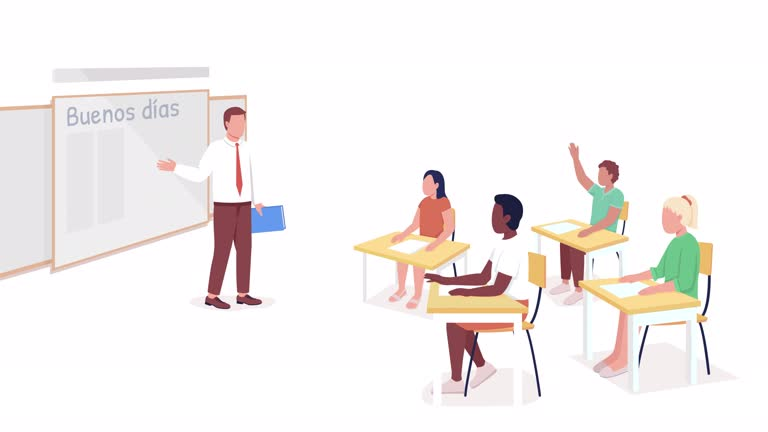
This teaching style shows that teachers usually follow discipline, lesson, or learner points of view. Plus, it shows a different way of teaching and learning. Some focus more on the subject, some on the teacher, and some on the students.
Based on that, let’s get into the details about this teaching style below:
Discipline-centered Teaching
In this style, the main focus is on the subject or topic being taught. The teachers also follow a fixed plan or structure that is often decided by the rules of the subject. However, there isn’t much flexibility in this method.
Teacher-centered Teaching
In this style, the teachers are the main focus in the classroom. They also do most of the talking and explaining while the students mostly listen, write notes, and try to remember the information given to them. Plus, they are seen as the expert who knows everything about the topic.
Student-centered Teaching
In this style, the teachers let students take a more active role in their learning. They are also encouraged to ask questions, join group work, share ideas, and help pick what they want to learn about. With this, students learn by doing activities and solving problems together.
Example: In a class, the teacher applies rules to teach you how to become an online fitness coach. Then, it gives structured instructions on the tricks and allows students to experiment with their own ideas.

7. Lenz Teaching Style
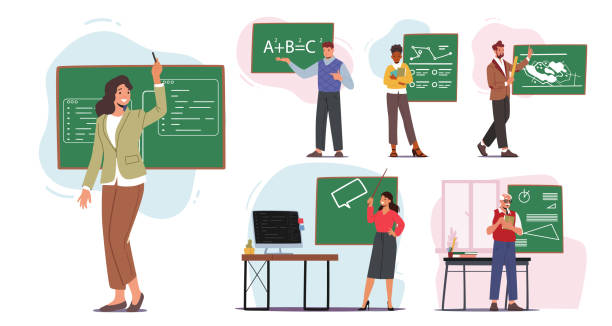
In 1982, this teaching style was invented by Lenz, who shared an idea about how teachers teach. Both aspects can be useful, depending on the situation, which are proactive and reactive. Here are the details of them:
Proactive Teaching Style
The teachers with this style plan everything before the class starts. They also decide what to teach, how to teach it, and what tools or materials to use.
With that, the teachers think about any problems that students can have and try to stop them before they happen. In other words, they try to focus on the environment to ensure students can get clear instructions to do things precisely.
Reactive Teaching Style
The teachers with this style respond to what happens in the classroom. Instead of making a detailed plan, they watch and listen to students closely. If a student has a question, looks confused, or is having trouble, the teachers help right away.
This kind of teaching is also more flexible and lets the teachers change things quickly if something isn’t working. Plus, they explain something again or try a new way to help the student understand, which takes a lot of time.
Example: In a class, the teacher plans ahead by preparing materials and instructions in advance. After that, it adjusts the lesson on the spot based on the student's questions or mistakes.
8. Berger Teaching Style

In 1974, Carl Berger talked about how teachers teach in class with three different styles. These styles are about who makes the decisions in the classroom. Based on that, let’s look at each style in a simple way:
Teacher-Oriented Style
In this style, the teacher makes all the decisions, which focuses on teaching elements. They also pick what to teach, do, and manage in the class. And, this way is good when students are new to a topic or when the subject is hard. It also helps keep things clear and organized.
Student-Oriented Style
In this style, the students make the decisions focusing on the student's needs and learning style. The teachers also let the students choose what to do next with questions, ideas, and so on. And, it works well with older students or in subjects like art, writing, and science experiments.
Student-Teacher Cooperation Style
In this style, the teachers and students decide together, which focuses on teamwork. They also talk about what to do next and work as a group. Plus, both the teacher and students share ideas and make plans to respect each other. It’s great for group work and class projects.
Example: In a class, the teacher starts by demonstrating the technique for starting blogging. Then, it lets students try it on their own using their own ideas. And finally, the teacher collaborates with them to create a new blog together.

9. Alexload Teaching Style

This teaching style was introduced in 1970 by a researcher named Alexlord. In this style, it shows five different teaching techniques that teachers can use based on the students. And, these are:
Drill Master Style
In this style, the teachers act like a coach, where they make students practice the same thing again and again. It's also similar to how athletes train, as they do the same moves many times to perform perfectly.
Plus, this method works well for learning basics, like math exercises, spelling, or practicing skills. However, it can feel a bit boring sometimes if not dedicated.
Content-Centered Style
This style focuses mainly on the subject or topic itself. In this style, the teacher’s goal is to explain all the important facts and ideas clearly. It’s all about helping students understand the subject in detail, like in science, history, or geography.
The teachers also lead the lesson and give most of the information, so students learn a lot. But it can sometimes feel like too much content at once.
Instructor-Centered Style
In this method, the teachers are in full control of everything that happens in the classroom. They also decide on teaching a topic in what, how, and when manner. Plus, the class follows a strict plan in which students mostly listen and follow instructions.
This style is also helpful for big classrooms or with younger students who need more structure. However, students don’t get many chances to speak up or share their own ideas.
Intellect-Centered Style
This teaching style is all about helping students think deeply. In this style, the teachers ask questions, start discussions, and let students solve problems. Well, it’s about understanding why things happen and thinking for yourself to use your intellect.
This method is also perfect for older students and subjects like philosophy, science, or debate. With that, students become more confident in their thinking and decision-making.
Person-Centered Style
This style puts the students at the center while the teachers listen, support, and help them learn in a way that fits them personally. Plus, this method gives them space to grow, be creative, and learn in their own way. The teachers also act like a guide or helper instead of being in charge.
With this method, students feel more respected and involved in their learning. However, it can make them feel too responsible for managing their time and effort.
Example: In a class, the teacher runs repetitive skill drills like making affiliate, focuses on delivering knowledge, and gives direct instructions. Then, it encourages students to analyze techniques and supports their individual creativity.
10. Flanders Teaching Style
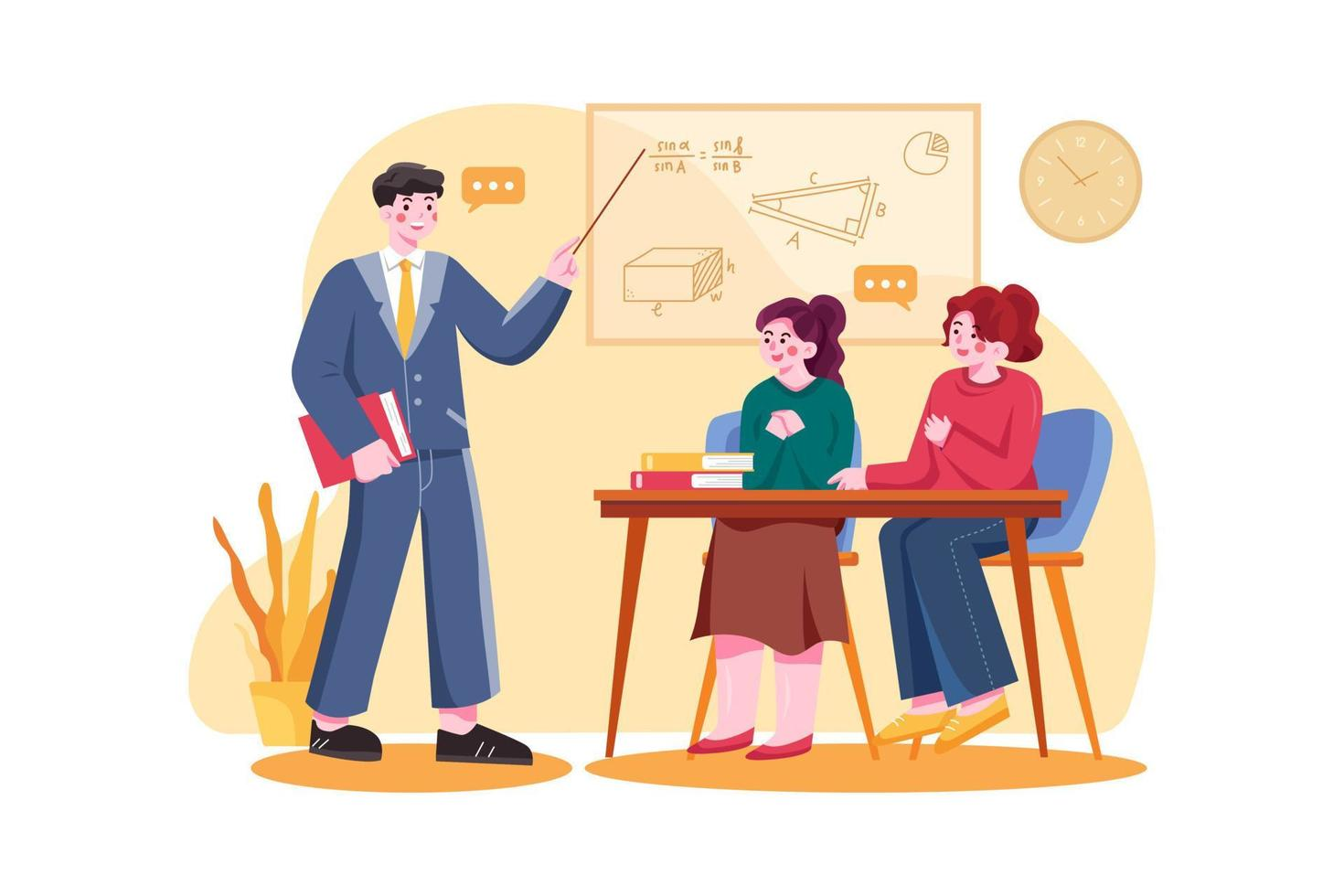
This teaching style is a way of focusing on the communication of teachers who teach lessons to students. In short, it doesn’t tell teachers what to teach, but it helps them look at how they teach. Let’s look at each one in more detail:
Direct Teaching Style
In this style, the teachers are the main speakers in the classroom. They also give clear instructions, explain lessons step by step, and ask questions with one correct answer. Plus, this way of teaching is helpful when students are learning something new or difficult.
Indirect Teaching Style
This style is more of a student-friendly or open style. The teachers also encourage students to talk, share ideas, and think for themselves. Besides, they ask open-ended questions and allow students to explain or explore their own answers.
Discipline-Centered Style
This style is about keeping order in the classroom. Plus, the teachers focus on managing behavior, setting rules, and making sure students stay on task. If someone is being disruptive or not paying attention, the teachers step in to fix it.
Example: In a class, the teacher gives step-by-step instructions on a matter. It also encourages students to find their own methods and maintain order with rules.
What Are the Most Effective Teaching Styles in Modern Times
The best teaching style for online learning often depends on what you’re teaching, how many students you have, and what kind of learners they are. Plus, different situations may need special approaches to teach them effectively.
Here are five popular teaching styles used today:
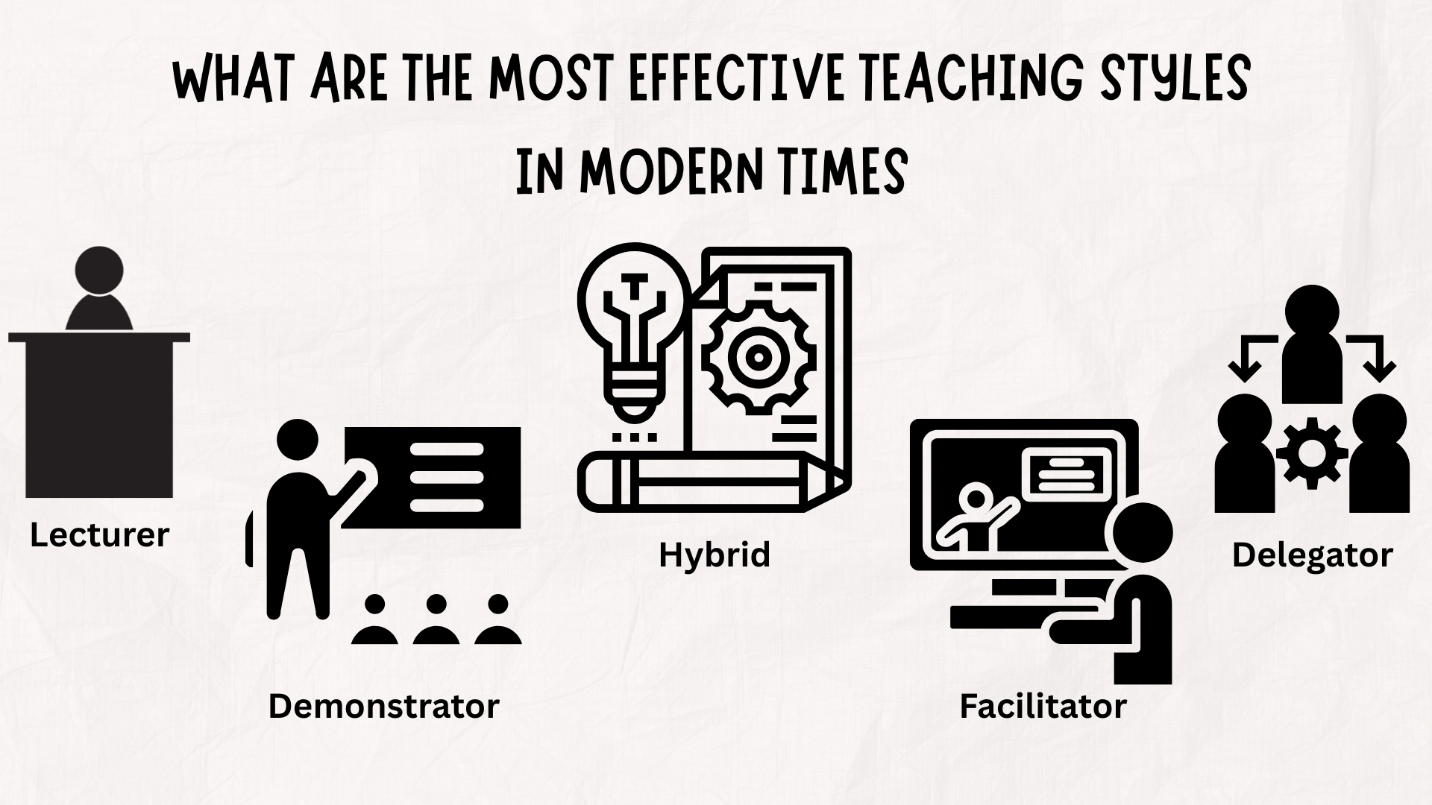
Lecturer.
Demonstrator.
Hybrid.
Facilitator.
Delegator.
Let’s find out what each one offers in an individual way to help students learn based on diverse styles of teaching:
1. Lecturer (Best Method of Teaching in Large Learning Groups)
The lecturer teaching style is also known as the formal authority style for handling a big learner’s group. Plus, it is one of the most widely recognized approaches in traditional education settings.
If you’ve ever attended a college class in a big auditorium or listened to a keynote speaker at a conference, you’ve already experienced this method in action.

This style also puts the teacher at the center of the learning experience. In that case, the teacher or lecturer gives information in a one-way format.
Like, you as a teacher will talk or show the details while the students will mostly listen, take notes, and absorb the content being shared. It’s also structured, pre-planned, and often covers a set topic in detail within a fixed time.
Because of this setup, it’s especially useful where interactive or small-group methods just aren’t practical. This method also works well when you need to maintain control, cover a lot of material quickly, or deliver dense content that requires focus.
For example, the instructor can present a complex topic like law in a detailed and step-by-step manner in a classroom. Or, a subject expert can deliver a presentation on sales to a room full of employees in a business setting.
The Good Sides of the Lecturer’s Teaching Style
You can deliver a large amount of information without distractions.
It’s easier to prepare in advance once your material is ready.
You can use this method multiple times with different groups.
You get a clear and constructive plan for learning content with this.
It saves time and energy while covering a wide range of topics.
The Bad Sides of the Lecturer’s Teaching Style
As students can listen mostly, it can make students bored.
Not a very student-engaging or interactive teaching method.
It can lead to low study retention.
Not a good option for visual, discussions, and hands-on tasks learning style.
2. Demonstrator (Best Method of Teaching Learner’s Fast)
Ever heard of a topic in a class like learning how to create a podcast just by reading a manual? Sounds frustrating, right? That’s where the Demonstrator's teaching style comes in. It's also all about showing how something is done in visual form, not just telling.
Mostly, this method focuses on modeling real-world tasks or skills so that learners can watch, understand, and then try them for themselves. It’s also used for subjects where doing matters just as much as knowing, like science, art, cooking, or engineering.
In this approach, the teacher acts more like a mentor or guide. As a teacher, you explain a process step by step in graphical tools to show the process in a detailed way. The aim is also to make abstract concepts visible and practical.

Once the demonstration is done, students are encouraged to jump in and try it themselves. They’re also given the tools, space, and guidance to repeat the task, solve problems, and ask questions.
With this, you stay involved throughout, answering queries, correcting techniques, and offering encouragement. The main tools used in this style include:
Visuals like diagrams, charts, or slides.
Hands-on activities like lab work or building models.
Multimedia, like videos or animations.
Real-life examples or scenarios.
So, what makes this style powerful is how it engages different types of learners. Whether your students learn best by seeing, touching, or doing, the demonstrator style offers a flexible and interactive environment. It’s also where teaching becomes experiences and lessons.
In short, it bridges the gap between theory and practice. This also makes teaching more memorable and enjoyable.
The Good Sides of the Demonstrator Teaching Style
This style uses different ways of teaching, like showing, explaining, and doing.
It helps students understand better by letting them try things with their own hands.
Makes lessons more interesting by using pictures, tools, or real-life examples.
Give students a chance to ask questions and see how something works right away.
The Bad Sides of the Demonstrator Teaching Style
This method is harder to use with large classes.
It doesn’t always work well for every student or learning style.
Hard to cover a lot of content quickly.
It may not fit all subjects, especially topics that are hard to show through presentation.
Needs a lot of time, planning, and materials.
Not good for a teacher with limited resources.
Also Read This: 10 Best Online Teaching Platforms to Monetize Your Skills in 2025
3. Hybrid (Best Method of Teaching a Different Range of Learners)

The hybrid teaching style is all about blended learning. Well, it’s a modern and flexible way of teaching. It also mixes two main styles, traditional classroom and student-oriented learning.
Besides, this style is helpful for many kinds of learners because it mixes face-to-face teaching with online learning. Plus, it gives students the chance to learn in different ways, depending on what works best for them.
Unlike outdated teaching methods that follow the same plan for every student, hybrid teaching is more flexible. As a teacher, you can prepare a plan for each class, but also get ready to make changes based on how students are doing.
Instead of just standing and talking the whole time, you can use different ways to explain the topic and make learning more engaging. A typical hybrid lesson might include:
Lectures to explain the basics.
Demonstrations to show how things work.
Group activities help students learn together.
Technology tools like videos, websites, or learning apps.
Plus, not all students learn in the same way, so this style helps for all. Some learn by seeing, some by listening, and others by doing. Hybrid teaching also supports all of these styles by offering different types of materials and activities.
Here are the three main parts that make hybrid teaching work:
Online Learning: Watching videos or reading materials before class. Or, joining online forums to share ideas or courses.
In-Class Learning: Group discussions, problem-solving tasks, or debates. With that, giving hands-on practice and tests in group projects.
Teacher Support: Guide students, answer questions, and change the lesson plan based on how students are doing
And, this mix of activities gives students more control over their learning while still having support from their teacher.
Since this method focuses on interaction and deep understanding, it may take more time than regular lectures. So, it can be a bit slow for subjects that have a lot of content to cover in a short time.
The Good Sides of the Hybrid Teaching Style
This style gives you a clear way to show how things work, rather than using words.
Allows you to bring lessons to life through real examples to grab student’s attention.
You can quickly see who’s following along and offer help on the spot.
It makes students ask questions, try things out, and learn through doing.
This often sticks with students longer when a lesson is done well.
The Bad Sides of the Hybrid Teaching Style
This method can be hard to manage if the class is big.
It puts pressure on the teacher to be well-prepared every time.
Not good if resources are limited.
It can make you feel tired dealing with in-depth or repeated demonstrations for slower learners.
Some topics just don’t suit this approach.
It asks a lot from you every step of the way when teaching.

4. Facilitator (Best Method for Teaching Critical Thinkers & Communicators)
The facilitator style is a student-centered teaching method that encourages learners to take an active role in their education. Instead of simply giving info like in traditional lectures, the teacher becomes more of a guide.
It also helps students explore topics, ask questions, and find answers on their own. Besides, this teaching style is all about learning by doing, discussing, and thinking.
With this, you’ll rely heavily on inquiry-based teaching methods. That also means your students don’t just memorize facts. Instead, they investigate ideas, challenge concepts, and build understanding through open discussions.
In that case, you, as a teacher, provide the tools and direction. However, it works better for students who do deep thinking.
To understand it properly, the teacher introduces a topic or problem in a classroom. With that, the students explore the topic through discussion, research, or analysis. Thanks to this, it helps students to think about sharing their own opinions or viewpoints to understand deeply.
This teaching style uses two key tools to make use of the guiding method. It includes:
Socratic Seminar
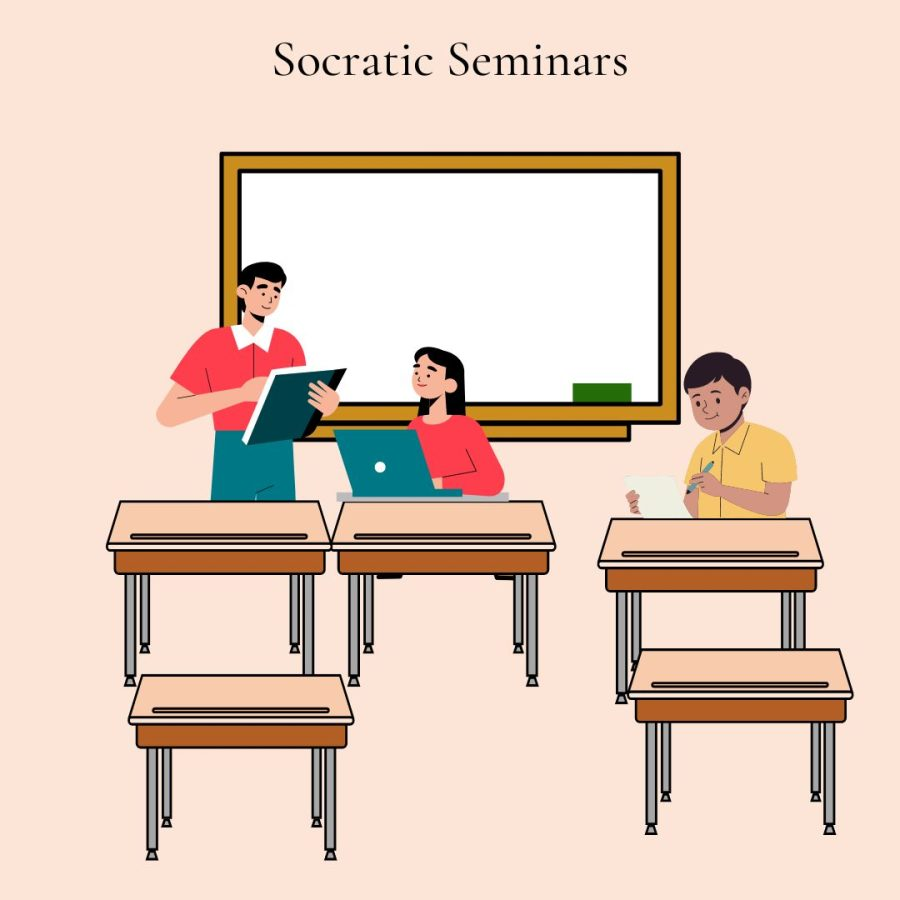
This is one of the best-known examples of this style is the Socratic seminar. It is also inspired by the Greek philosopher Socrates. In this format:
Students read or study something in advance.
The teacher poses open-ended questions in class.
Students discuss, debate, and reflect together, which builds deeper understanding through conversation.
Case Study Analysis

This is another common method that uses real-life case studies to help students understand better. Here’s how it works:
The teacher presents a situation or problem related to the subject.
Students analyze the case, spot the issues, and suggest solutions.
The teacher guides the discussion, which encourages students to think critically and collaborate.
On top of that, this teaching style helps students use what they learn in real-life situations. But it’s vital to know that this method can’t work for subjects that need a strict step-by-step approach.
In general, the facilitator style turns the classroom into a place where students are curious, ask questions, and learn together. It also makes the whole learning experience more personal and meaningful.
The Good Sides of the Facilitator Teaching Style
The teacher acts more like a guide instead of a lecturer.
This style helps students to think for themselves and be more independent.
It encourages teamwork, open discussions, and better communication.
Provide more control over the topic on both sides with question-based formats.
The Bad Sides of the Facilitator Teaching Style
Not the best for subjects that are full of facts or complex rules.
It needs a teacher who knows how to lead a discussion with open mindsets.
This style can take longer to teach all the material than more direct teaching.
Some students may find it confusing or need extra help with this method.
Also Read This: Top 15 Online Learning Platforms for Educators & Learners in 2025
5. Delegator (Best Method of Teaching People to People)

The delegator style is the most student-centered approach. It’s also often called the group or facilitator style. Plus, this method shifts the traditional classroom dynamic. Instead of the teacher leading every step, they take a step back and allow students to take charge.
So, what exactly happens in this teaching style? In this model, your role as a teacher is more like a guide or mentor to help students figure out the topic.
To put it simply, you stay in the background to observe, offer support when needed, and make sure things stay on track. In that case, it’s the students who do the thinking, problem-solving, and presenting.
This style also focuses heavily on peer-to-peer teaching. In other words, that means students interact directly with one another in small groups to explore ideas, complete tasks, or solve problems.
Plus, the learning happens via discussion, collaboration, and shared experiences rather than through lectures or direct instruction. Here’s what the delegator style contains:
Group projects or team-based assignments.
Open discussions or debates.
Problem-solving tasks.
Creative and research-based work.
Teacher support without taking control.
Besides, it is especially effective in situations where students need to think creatively, apply concepts, or work hands-on. You also use labs, experimental tools, group tutoring sessions, creative writing, storytelling projects, debates, case studies, and so on.
The beauty of the delegator style lies in its ability to develop independent thinking and leadership skills. It also mimics real-world situations, where teamwork, initiative, and problem-solving are crucial.
The Good Sides of the Delegator Teaching Style
This style lets students work together and learn from each other.
Provides each student with the chance to learn in a way that suits them best.
It helps students build skills like solving problems and making decisions on their own
Lessen the effort and time of teaching while giving students a chance.
The Bad Sides of the Delegator Teaching Style
This style can be slow because students have to figure things out by themselves.
Not a good option for slow learners.
It’s not the best choice for topics that are very technical or full of theory.

Go for the Ideal Teaching Styles for a Better Learning Experience
Now that you are familiar with all the teaching styles, it’s ideal to implement them to improve the learning experience for your students.
With EzyCourse, we want to help teachers and coaches create powerful learning experiences for their learners. In fact, you get courses, SCORM, gamification, a mobile app, multi-lingual support, quizzes, and so on.
So, want to try it for your teaching journey? Then, start using its 14-day trial for free today and make a decision.


